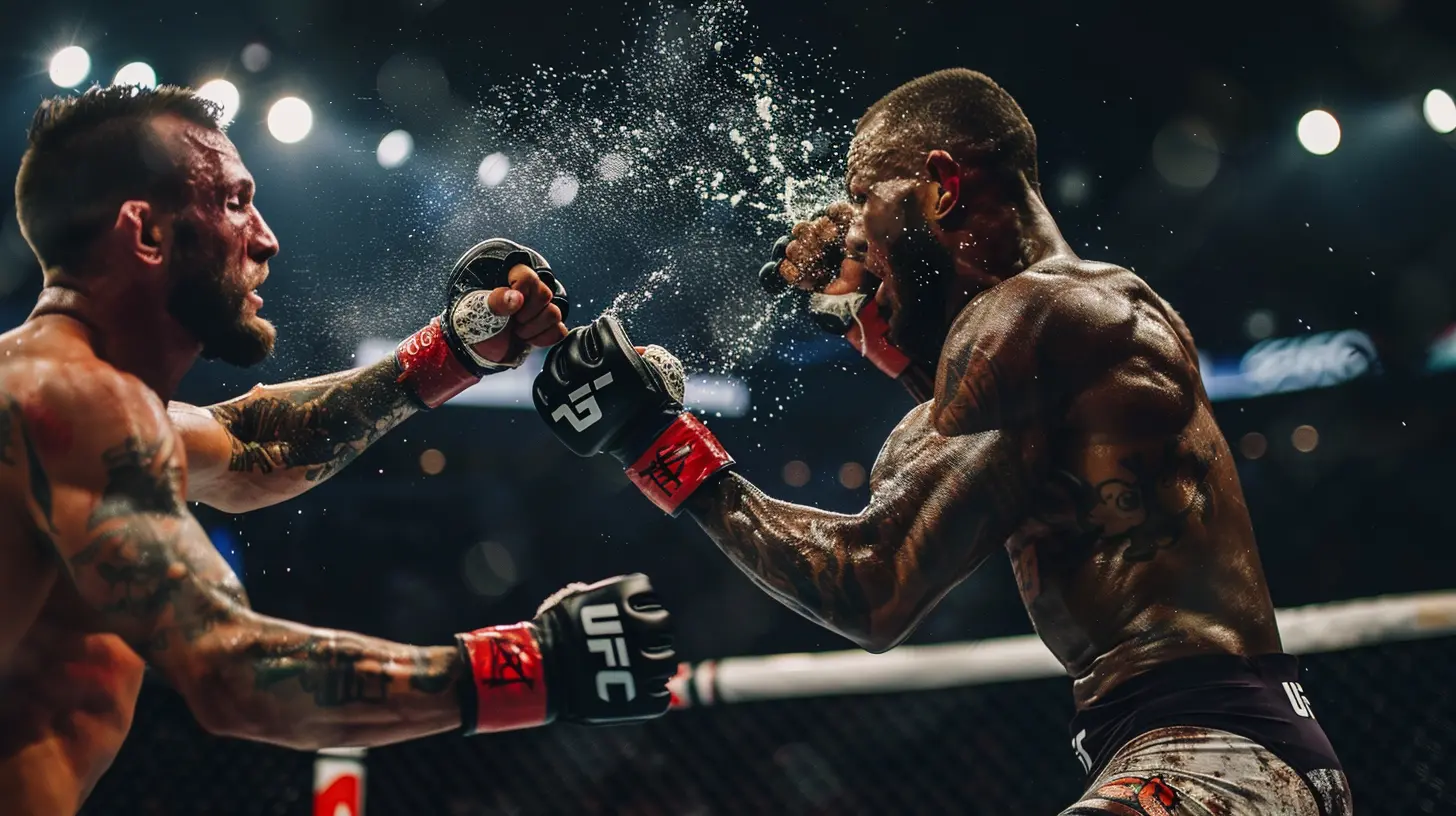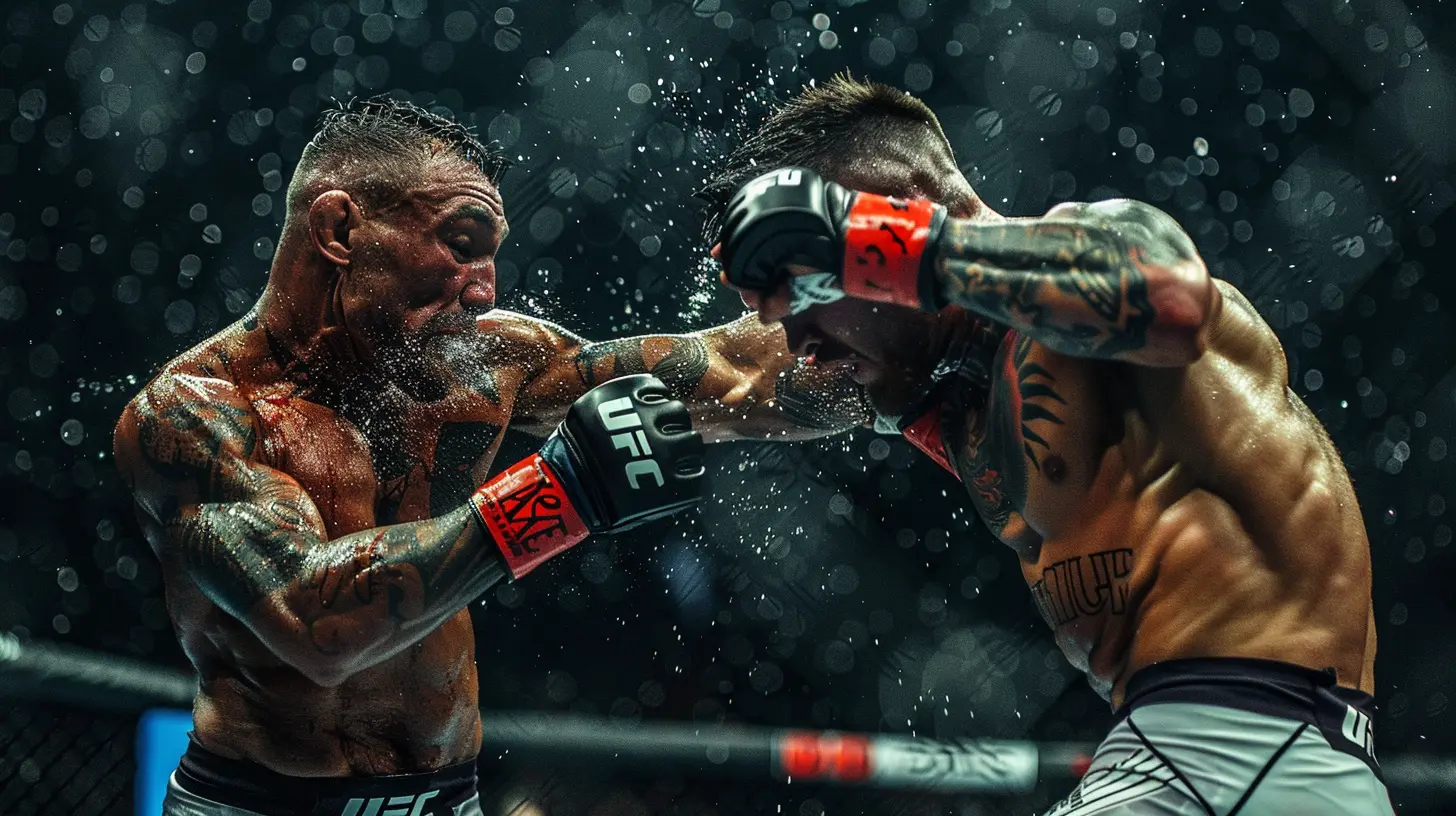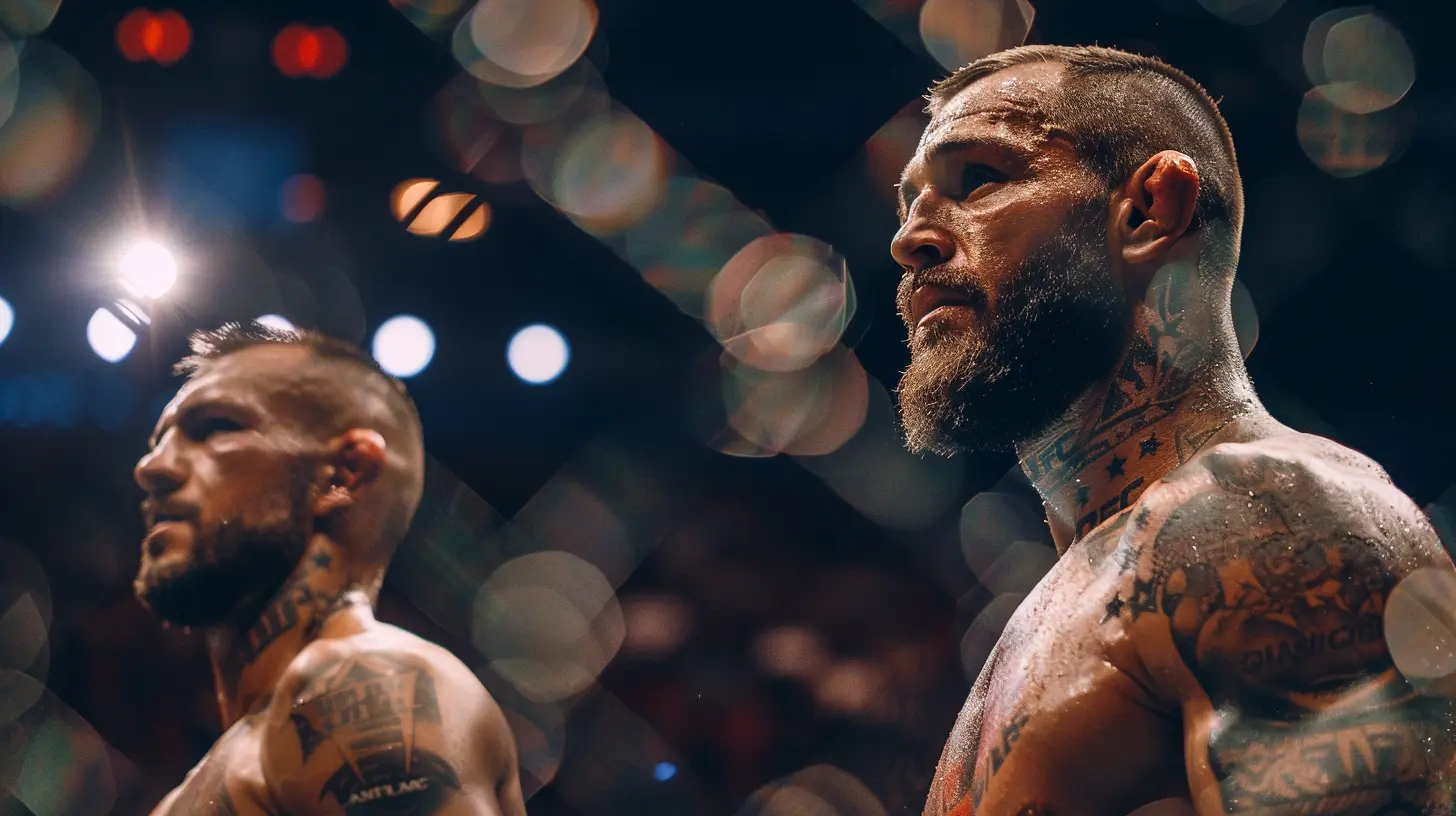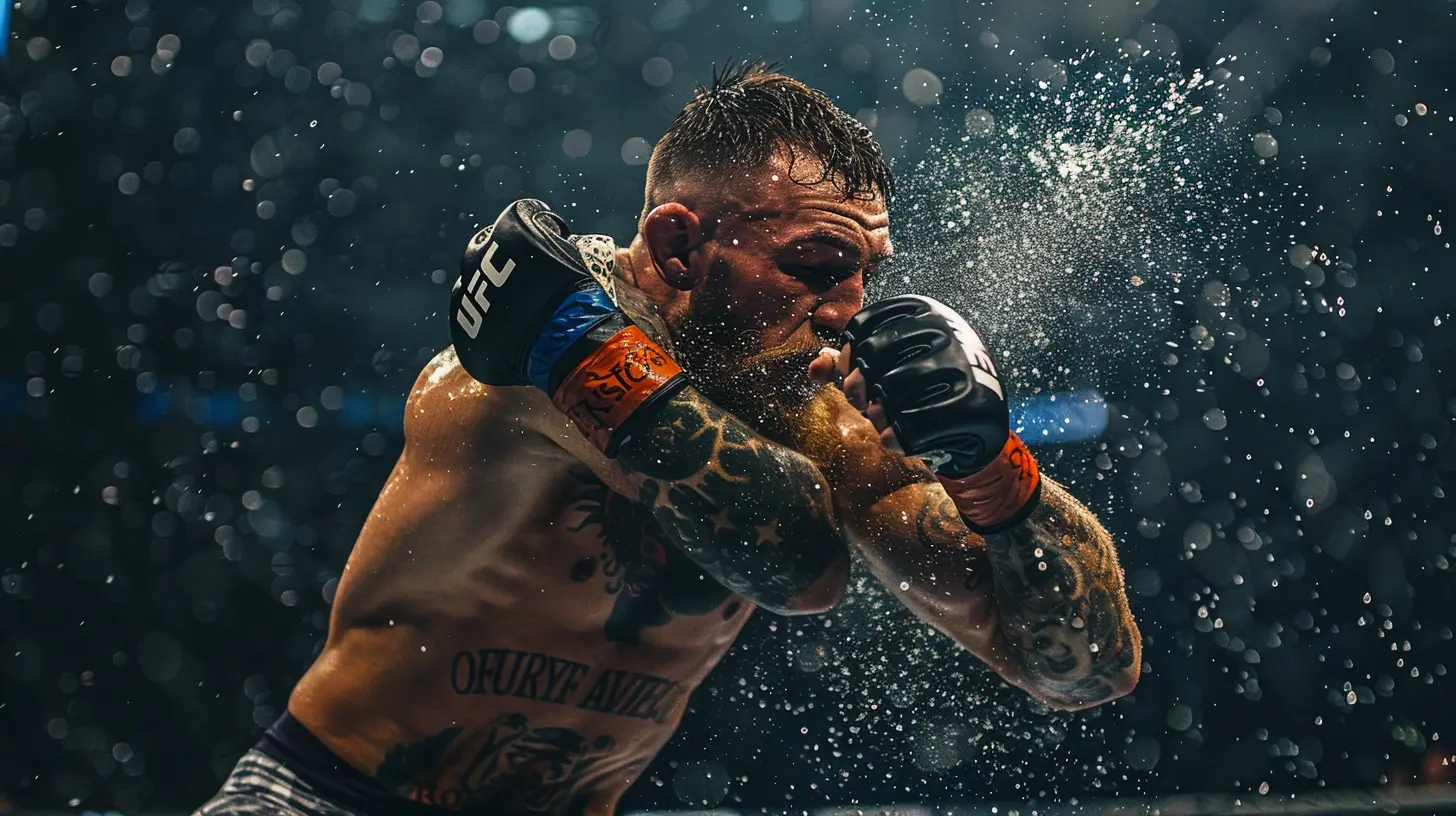The Rise of the UFC: How Mixed Martial Arts Took Over the World
15 October 2025
It wasn’t that long ago when people saw mixed martial arts (MMA) as just a brutal brawl in a cage. Fast forward a couple of decades, and now the UFC (Ultimate Fighting Championship) is one of the fastest-growing sports on the planet. From sold-out arenas and mega pay-per-view events to mainstream sponsorships and global superstars, the UFC has gone from underground to unstoppable.
So, how exactly did a sport once banned in several states become a multi-billion-dollar empire with fans in every corner of the globe? Buckle up. We're diving into the story of grit, growth, and greatness that is the rise of the UFC.
A Humble (and Brutal) Beginning
Let’s rewind to 1993. Picture this: an eight-sided cage called the “Octagon,” no weight classes, minimal rules, and fighters from different martial arts backgrounds trying to prove whose style was supreme. That was UFC 1.No gloves. No time limits. Just raw, unfiltered combat.
It was wild. Bloody. Outrageously controversial. Critics called it “human cockfighting.” Politicians wanted it banned. Even cable companies wanted nothing to do with it.
But for some, it was love at first punch.
There was something primal, authentic, and strangely compelling about this new combat sport. Fans weren’t just watching a fight—they were watching a revolution.
The Fertitta-White Era: A Game-Changing Investment
By the early 2000s, the UFC was on life support. The promotion was millions in debt and struggling to stay afloat.Enter Dana White and the Fertitta brothers—Lorenzo and Frank. In 2001, they bought the UFC for a measly $2 million. (Yes, you read that right—in the world of sports business, that’s couch-cushion money.)
They had a vision. Not just to save the UFC, but to redefine it.
They cleaned up the sport with tighter rules, added weight classes, introduced gloves, and worked hand-in-hand with state athletic commissions. In short, they made MMA legit.
Then came the masterstroke: The Ultimate Fighter.
The Ultimate Fighter: Reality TV Meets the Cage
When TUF debuted in 2005, few expected a reality show would spark a revolution. But that final fight between Forrest Griffin and Stephan Bonnar? Instant classic.It wasn’t just a fight. It was a war. Two guys went toe-to-toe, giving everything they had and leaving it all in the Octagon. That fight single-handedly changed the trajectory of the UFC.
Millions tuned in. Fans were hooked. TV networks took notice. The UFC finally had its breakout moment, and there was no turning back.
Hard Work, Big Dreams: The Fighters Who Made It Happen
Let’s not forget the warriors who put their blood, sweat, and tears into making MMA what it is today.Names like Chuck Liddell, Randy Couture, Tito Ortiz, and Georges St-Pierre were more than just fighters—they were pioneers. They brought character, skill, and charisma that won over fans worldwide.
Then came the new wave: Anderson Silva, Jon Jones, Khabib Nurmagomedov, Israel Adesanya, Amanda Nunes, and of course, Conor McGregor.
These athletes didn’t just win fights; they told stories. They captivated us with their journeys. They turned press conferences into theaters and walkouts into spectacles.
They didn’t just fight—they inspired.
Going Global: UFC Takes Over the World
America embraced the UFC, but Dana White and his team weren’t content with just one country. They wanted the world.And they got it.
From sold-out cards in Brazil and Canada to historic nights in Abu Dhabi and Australia, the UFC became a truly global phenomenon.
Countries that never cared about MMA before were now producing champions. Think about it—Khabib from Dagestan, Adesanya from Nigeria/New Zealand, Volkanovski from Australia, Zhang Weili from China.
These athletes didn’t just represent their nations—they brought millions of new fans into the fold.
And the UFC kept adapting. UFC Fight Pass let people stream fights worldwide. “Fight Island” in Abu Dhabi brought international events during a global pandemic. Even COVID couldn't slow this juggernaut down.
Mainstream Money: Sponsorships, Media, and Mega Paydays
Once considered taboo, the UFC is now a mainstream money-making machine.Major brands like Monster Energy, Harley-Davidson, DraftKings, and Crypto.com are pouring millions into sponsorships. ESPN signed a massive broadcast deal, making UFC events must-see TV for sports fans.
And let’s talk numbers.
Conor McGregor made over $100 million in a boxing match against Floyd Mayweather. UFC 229 shattered pay-per-view records. Fighters are becoming household names, trending on social media, and walking red carpets.
MMA isn’t just a sport anymore—it’s an empire.
From Underdog to Alpha Dog: UFC vs. Boxing
For decades, boxing was the king of combat sports. Today, many would argue that the UFC has taken that crown.Why? Because it gives fans what they want.
In the UFC, champions fight the top contenders. Superfights actually happen. And there’s no promoter drama keeping great matchups from going down.
The UFC also embraces modern marketing: viral content, behind-the-scenes access, and fighter-driven storytelling.
Fans feel connected. The fighters feel real. It’s raw, it’s honest, and it’s magnetic.
The Power of Social Media and Branding
Let’s face it—without social media, the UFC wouldn’t be where it is.Fighters are their own brands now. They hype fights, talk trash, show training clips, and build relationships with fans—all through platforms like Instagram, Twitter, and TikTok.
Think about how many of us followed fighters not just for their skills—but for their personalities.
Conor’s quotes. Sean O’Malley’s colors. Khabib’s calm presence. Nate Diaz’s DGAF attitude.
These aren’t just athletes—they’re characters in a never-ending human drama, and we can’t look away.
The Women Who Broke Barriers
For years, Dana White insisted that women would never fight in the UFC.Then came Ronda Rousey.
She didn’t just break the mold—she blew it to pieces. Armbar wins, Hollywood buzz, magazine covers—Rousey was a phenomenon.
And she paved the way for legends like Amanda Nunes, Holly Holm, Joanna Jedrzejczyk, Rose Namajunas, Valentina Shevchenko, and Zhang Weili.
Today, women’s MMA is a cornerstone of the UFC. Female fighters headline events, build fanbases, and command respect.
If that’s not progress, I don’t know what is.
Why Fans Can’t Get Enough
So, what is it about the UFC that keeps us coming back?It’s unpredictable. One punch can change everything.
It’s emotional. Every fight has stakes, every fighter has a dream.
It’s real. No scripts, no fake drama—just two people stepping into a cage, risking everything.
The UFC gives us what we crave: authenticity, passion, and heart.
It’s not just about violence—it’s about victory. It’s about struggle. It’s about seeing someone get knocked down and get back up again.
And who doesn’t love that kind of story?
What’s Next for the UFC?
The UFC isn’t slowing down anytime soon. In fact, it's just getting started.New markets, rising stars, evolving rules, advanced training methods, smarter matchmaking—the future is wide open.
With tech innovations like VR, real-time stats, and AI-driven insights, the fan experience is only going to get better.
And let's not forget the next generation of fighters—hungrier, faster, and more skilled than ever before.
The Octagon is ready. The lights are bright. The fans are louder than ever.
The UFC didn’t just rise… it roared.
Final Thoughts: The Undeniable Legacy
From a controversial, bare-knuckle spectacle to a polished global powerhouse, the rise of the UFC is more than a sports story—it’s a modern-day legend.It’s what happens when vision meets hard work.
When fighters chase dreams and fans show up.
When the world says “no,” and someone says, “watch me.”
The UFC has not only conquered the world—it’s united it.
Through punches, kicks, takedowns, and triumphs, MMA has proven that no matter our language or background, we all understand the fight.
And there's something beautiful about that.
all images in this post were generated using AI tools
Category:
Sports HistoryAuthor:

Nelson Bryant
Discussion
rate this article
1 comments
Devin Barron
Great insights on the UFC's evolution! The impact of mixed martial arts on global sports culture is undeniable, and your analysis highlights its fascinating journey. Well done!
October 25, 2025 at 3:20 AM

Nelson Bryant
Thank you for your kind words! I’m glad you enjoyed the analysis of UFC's impact on global sports culture.


